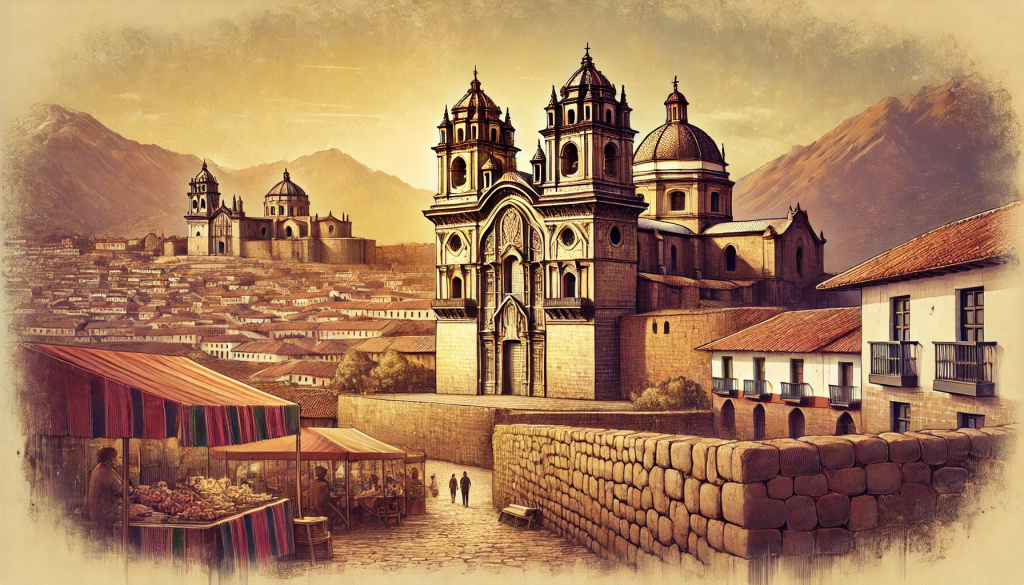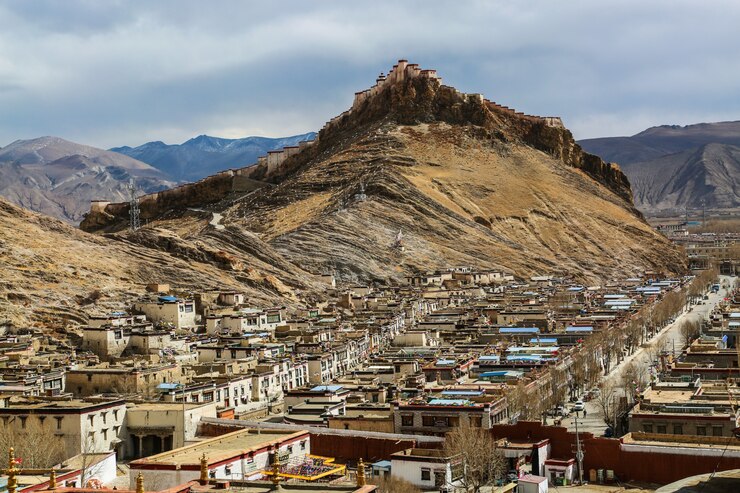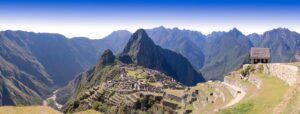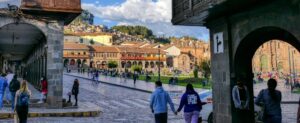Cusco, the ancient capital of the Inca Empire, holds a unique place in the history of South America. This city, once the epicenter of the Inca civilization, continues to captivate travelers with its stunning blend of archaeological wonders and colonial-era influences. Exploring Cusco through a historical tour offers visitors a chance to step back in time and uncover the legacy left behind by the Incas and the Spanish conquistadors.
The Heart of the Inca Empire
The Incas considered Cusco the «navel of the world,» believing it to be the center of their vast empire. The city’s layout reflected a deep spiritual and political significance, with its design resembling the shape of a puma—one of the most sacred animals in Inca mythology. The city’s strategic position in the Andean highlands allowed it to serve as a hub for governance, religion, and commerce, linking various parts of the empire through an extensive network of roads.
Among the most remarkable remnants of this period is Sacsayhuamán, a fortress built with massive stone blocks that fit together with extraordinary precision. Historians and archaeologists continue to marvel at the engineering techniques used in its construction. Walking through Sacsayhuamán provides a glimpse into the military might and architectural prowess of the Incas, making it an essential stop on any historical tour of Cusco.
Colonial Influences and the Spanish Conquest

The arrival of the Spanish in the 16th century marked a dramatic shift in Cusco’s history. The conquest led to the destruction of many Inca temples and structures, but instead of completely erasing the past, the Spanish built on top of the existing foundations. One of the most striking examples of this fusion is the Church of Santo Domingo, constructed over the ruins of Qorikancha, the most important Inca temple dedicated to the sun god Inti.
Visitors exploring Qorikancha can see how the sturdy Inca stonework remains intact beneath the Spanish colonial church, serving as a testament to the resilience of Inca architecture. This blending of cultures and architectural styles is a defining characteristic of Cusco, making the city a living museum of historical transformations.
The Plaza de Armas: A Symbol of Transformation
At the heart of Cusco lies the Plaza de Armas, a vibrant square that has witnessed key events throughout the city’s history. During the Inca era, it served as a ceremonial center where important rituals and celebrations took place. Today, the plaza is surrounded by colonial buildings, including the Cusco Cathedral and the Church of the Society of Jesus, both showcasing intricate Spanish baroque architecture.
Taking a guided tour of the plaza allows visitors to grasp the city’s evolution from an Inca stronghold to a colonial stronghold, and eventually to the thriving cultural destination it is today.
Discover Cusco with 69 Explorer
Exploring Cusco’s historical sites with expert guides offers deeper insights into the city’s past and cultural heritage. 69 Explorer provides an enriching journey through Cusco’s most iconic landmarks, ensuring that travelers gain a profound appreciation for the city’s role in shaping Peru’s history.
From the towering walls of Sacsayhuamán to the sacred halls of Qorikancha, a historical tour of Cusco reveals the fascinating layers of civilization that have defined this remarkable city. Whether it’s your first visit or a return trip, Cusco continues to amaze with its enduring legacy and captivating stories.





